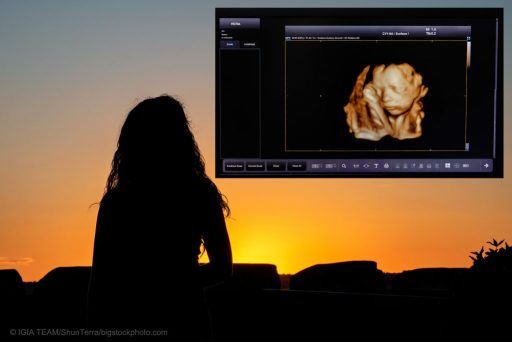
According to an article in American Scientist magazine, newborns cry in the accents of their mothers. They differ in their cries when they are first born, and this translates into speech later on. In the seventh week of pregnancy, the unborn baby begins to move and discover its body and world. The abortion issue is incredibly complex.
Doctors have told me that babies react emotionally to sounds that have been a part of the mother before the baby’s birth. If a woman has been abused by her husband during pregnancy, the child will scream and move away from the husband after birth. A mother singing to the baby in her womb will find that those same songs will calm the child after birth.
Many years ago, as a graduate student at Indiana University, I was privileged to attend a concert for music majors by the violinist Isaac Stern. During a break in his music, he introduced a tune that he called a mystery melody. The story goes that Stern was playing a piece while his mother was listening. She asked him where he got the piece, and Stern said he didn’t know. His mother said, “I wrote it when I was carrying you and played it over and over, but I didn’t save it, and it was never published.” Stern played it to honor his mother.
Stories like this one are numerous and remind us that a human embryo is not just an extension of the mother’s body. Morning sickness happens because the woman’s body recognizes there is a foreign object in her. We know that unborn babies are aware and react to what is going on in the outside world. Late-term babies will fight the intrusive medical hardware being used to do an abortion. Now, we know that newborns cry in the accents of their mothers.
The abortion issue is incredibly complex, but the “woman’s right to choose” argument has the wrong timeline. She chooses whether to have a child or not when she enters a sexual relationship. Denying that the baby is a human flies in the face of all the evidence.
Discarding God’s moral laws is the root of the abortion issue and also the complex end-of-life issues. The slippery slope is real, and we must discuss what we want our society to be like in the future. Survival of the fittest started with Darwin, and we see it today in these issues.
— John N. Clayton © 2024
Reference: “Baby Talk” in American Scientist magazine for November/December 2024, pages 368-374









